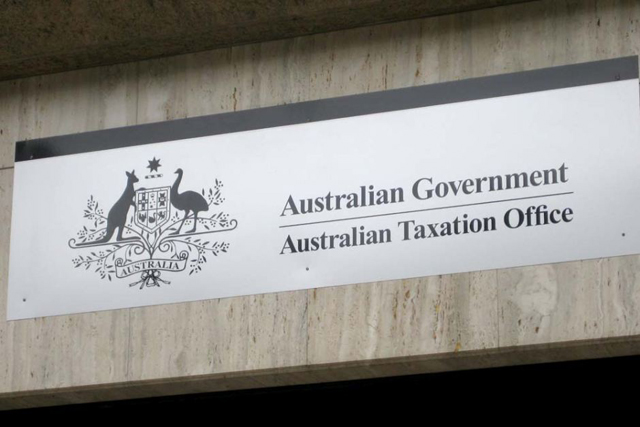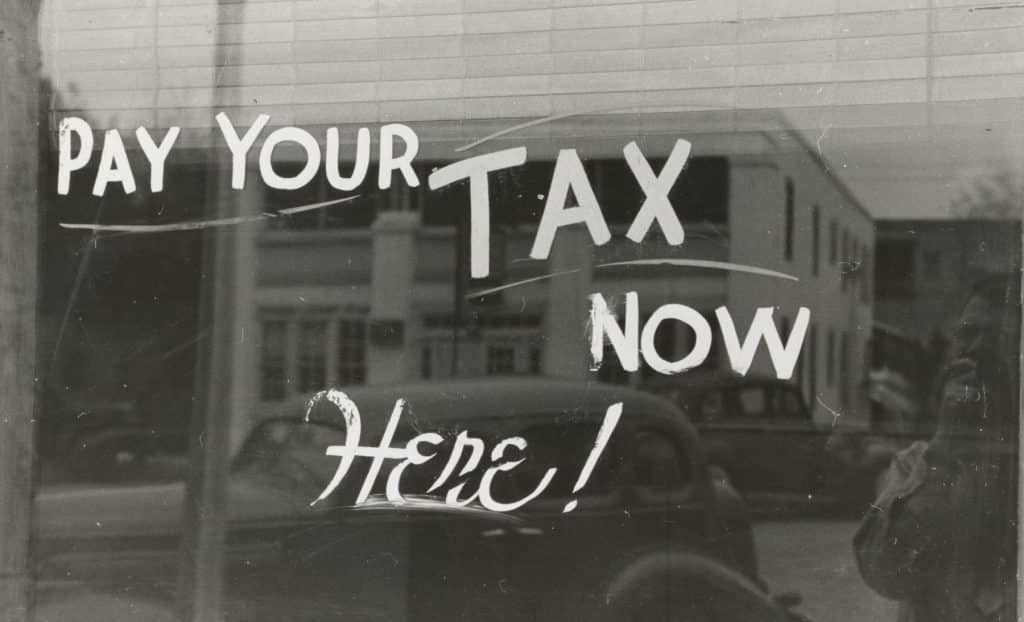
The Goods and Services Tax (GST) is a broad-based consumption tax levied on most goods, services, and other items sold or consumed in Australia. Introduced on July 1, 2000, GST is a key component of the Australian tax system, replacing several former state and federal taxes. This article will provide a comprehensive overview of how GST works in Australia, including its application, registration requirements, compliance obligations, and the impact on businesses and consumers.
Table of Contents
What is GST?
GST is a value-added tax of 10% on most goods and services sold or consumed in Australia. It is similar to the VAT system used in many other countries. GST is designed to be borne by the end consumer, with businesses acting as intermediaries who collect and remit the tax to the Australian Taxation Office (ATO).
How GST works
GST is applied at each stage of the production and distribution chain. Businesses charge GST on the goods and services they sell (output tax) and pay GST on the goods and services they purchase (input tax). They can claim credits for the GST paid on business-related purchases, which are known as input tax credits.
Generally, businesses and other organisations registered for GST will:
- include GST in the price they charge for their goods and services
- claim credits for the GST included in the price of goods and services they buy for their business.
Businesses that are registered for GST must charge an additional 10% on the price of their goods and services. They can claim a credit for the GST they paid on their business expenses, such as rent, equipment, and supplies.
Example:
- A manufacturer sells goods to a wholesaler for $100 plus $10 GST (total $110).
- The wholesaler sells the goods to a retailer for $150 plus $15 GST (total $165).
- The retailer sells the goods to the end consumer for $220 plus $22 GST (total $242).
At each stage, the GST collected on sales is offset by the GST paid on purchases, with the net amount remitted to the ATO.
The government website provides a calculator to help you make sure you are doing the right calculation. Simply enter your amount without GST and you will get your final rate with an extra 10%.
Taxable sales
The price of these sales includes GST in its price. The sale must be made in the course of operating your business and must be connected to Australia.
Partly taxable sales
If your sale can be separated into identifiable parts and any of those parts are GST-free or input-taxed, the sale is partly taxable. You only need to pay GST on the taxable part of the sale.
GST-free products and services
Most basic foods, some education courses and some medical, health and care products and services are GST-free, often referred to as exempt from GST.
Here are some things that are GST-free:
- most basic food
- some education courses, course materials and related excursions or field trips
- some medical, health and care services
- some menstrual products
- some medical aids and appliances
- some medicines
- some childcare services
- some religious services and charitable activities
- water, sewerage and drainage
- international transport and related matters
- precious metals
- sales through duty-free shops
- grants of land by government
- farmland
- international mail
- exports.
Who must register for GST?
Not every business needs to be registered for GST, but penalties may apply if you fail to register for GST when required to do so. Before you register for Standard GST, you need to have an Australian business number (ABN).
You must register for GST:
- when your business has a turnover of $75,000 or more
- when you start a new business and expect your turnover to reach the GST threshold (or more) in the first year of operation
- if you’re already in business and have reached the GST threshold
- if your non-profit organisation has a GST turnover of $150,000 per year or more
- when you provide taxi or limousine travel for passengers (including ride-sourcing) regardless of your GST turnover – this applies to both owner-drivers and if you lease or rent a taxi
- if you want to claim fuel tax credits for your business or enterprise.
Registering for GST is optional if your business or enterprise doesn’t fit into one of these categories. If you choose to register, generally you must stay registered for at least 12 months.
Once you are required to register for GST, you need to do so within 21 days.
You only need to register for GST once, even if you operate more than one business.

How to register for GST in Australia?
To register for GST, you need an Australian Business Number (ABN). This is an 11-digit number that identifies your business with the Australian government. Once you have this number, you can register for GST. There are several options available to you. You can register :
- Online (ATO website)
- By phone (☎ 13 28 66)
- Through your tax agent, accountant or BAS (Business Activity Statement) agent.
Please note: For freelancers, once you register for GST, you will then have to include the tax (10%) in the price you charge to your clients. You will also be able to claim back GST on products or services you purchase for your business.
Submit a BAS
Registered businesses must include GST on their invoices and record their GST transactions in their accounting system. They must also submit a Business Activity Statement (BAS) to the ATO either monthly, quarterly, or annually, depending on their turnover.
You can do this online, by post, through your tax agent or your BAS agent, or by phone (☎ 13 72 26: only if you have nothing to declare for a particular period).
First of all, you should be aware that the frequency of your GST return and payment will depend on your turnover. Your return will be made either:
- Monthly ($20 million or more),
- Quarterly (under $20 million), or
- Annually (less than $75,000 or $150,000 for non-profit organisations).
Depending on your situation, you can apply to change the frequency. This change can be made for a variety of reasons, in particular, to facilitate your payment.
Claim back GST on your purchases in Australia
For businesses
If you are a registered business, you can claim a credit for the GST you paid on your business purchases in Australia. This includes goods and services that you use in your business, such as office supplies, rent, and equipment.
For individuals
Sometimes you will hear about GST in relation to your purchases of goods in Australia. Indeed, if you have made purchases while in Australia, it is possible to get a tax refund on them. The Tourist Refund Scheme (TRS) allows you to reclaim the tax (GST), i.e. the VAT paid on the purchase of certain items (not only electronic) bought in Australia and taken out of the country. You will need to leave Australia with these goods and have them in your hand luggage when you go to the counter for the refund (with some exceptions).
If you are a tourist and therefore not living in Australia permanently, you can claim a refund of the GST when you leave the country.
Read also : Get your GST back when leaving Australia


























